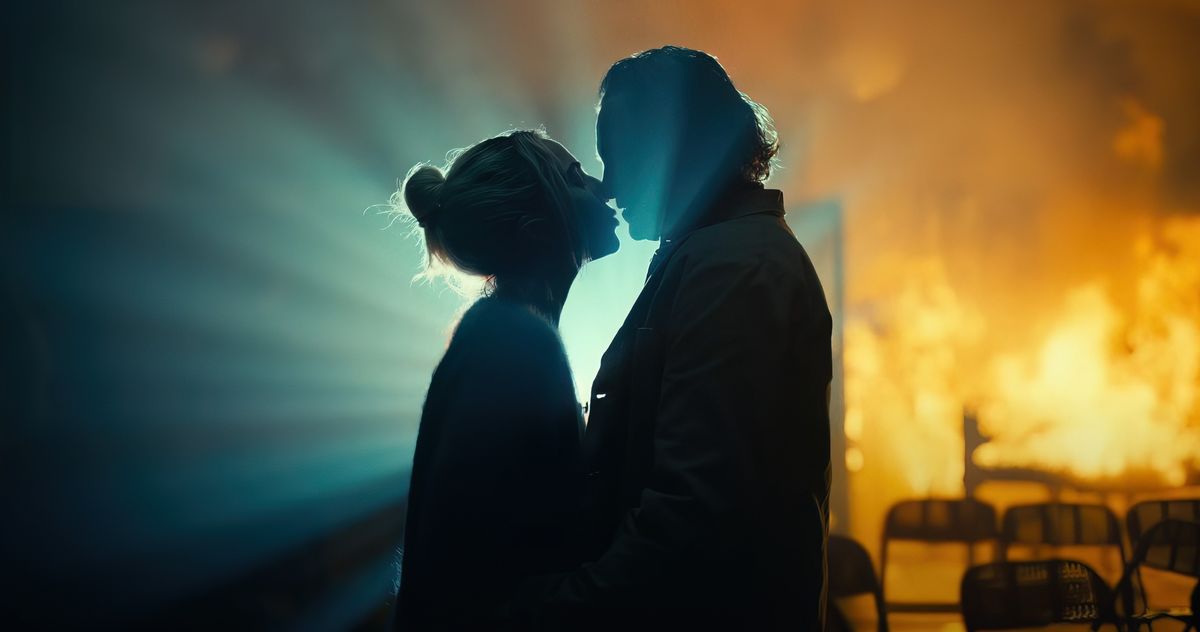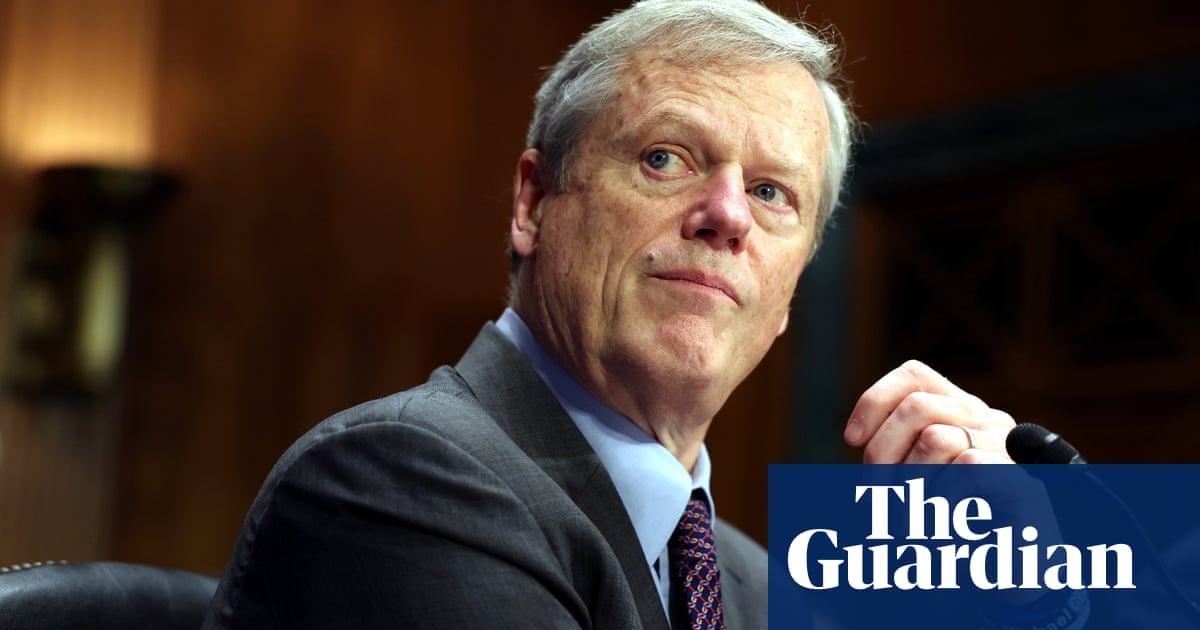Entertainment
Why Do a Joker Musical If You Don’t Want to Do a Joker Musical?

Photo: Warner Bros./Everett Collection
This past Monday morning, Warner Bros. faced the music. To a much worse extent than projected, Joker: Folie à Deux is dead on arrival — a costly flop that’s proving to be even less popular with audiences than it has been with critics. (If you think the film’s Rotten Tomatoes score is bad, wait till you see what CinemaScore participants gave it on the way out of theaters over the weekend.) The likeliest explanation for this box-office fiasco might be the simplest: The crowd that made Todd Phillips’ violent, fashionably gritty origin story Joker a billion-dollar sensation was probably a bit less keen to see a movie in which the clown prince of crime sings and dances like Fred Astaire. In an age in which musicals are a tough sell (and often misleadingly sold with the film’s songs left out of the trailers), there was no guarantee people would flock to one set in Gotham City.
It’s actually pretty cool that Phillips was willing to sacrifice his sequel’s commercial prospects for the sake of a big genre pivot. Or it would be cool, if he had genuinely committed to that pivot. The irony is that while Folie à Deux is enough of a musical to tick off both comic-book fans and the Broadway allergic — this is, again, a movie in which Batman’s most iconic foe mews his feelings instead of killing anyone — the film stages each number with curious hesitancy, as though it were embarrassed to go full Sondheim. Phillips has made a jukebox spectacle that’s bold in conception but oddly cautious, even timorous, in execution.
The original Joker established Joaquin Phoenix’s unstable Arthur Fleck as a man with one foot planted on the imaginary stage in his mind, so there’s some logic to escalating his delusions into a whole showbiz production. Watching Folie à Deux, you keep waiting for Phillips to swing for the rafters. It’s a good half-hour before the movie first fully indulges its musical side, when Arthur — shaken out of his shell shock of overmedication by Lady Gaga’s Harley “Lee” Quinzel — dances around the common area of Arkham Asylum, channeling his feelings through the lyrics of Stevie Wonder’s “For Once in My Life.” The fantasy sequence, unfolding via a single, unbroken shot, feels like a first tentative step out of the depressive realism of Joker and into a more heightened, romantic world of pure emotion; it’s as if the bright musical within Arthur were finally stirring, at first as a little solo daydream of singing and dancing.
But the musical numbers in Folie à Deux don’t escalate much from here. They remain mostly stripped-down and unusually joyless affairs: Arthur and Lee singing to each other or to themselves, sometimes barely above a murmur, like aspiring lounge singers with the jitters. In Phoenix’s case, the reluctant delivery may be a matter of necessity in disguise: Though the Oscar winner famously sang Johnny Cash songs in Walk the Line, there’s no evidence in Folie à Deux that he has the lungs for musical theater. Gaga, of course, does — but only occasionally is she permitted to demonstrate it, as during her brassy, early rendition of “If My Friends Could See Me Now.” Most of the songs tumble out of the actors’ mouths softly and haltingly.
Those songs, by the way, are damnably tasteful — a playlist of canonized ballads and classics by the likes of Frank Sinatra, The Bee Gees, the Carpenters, and Burt Bacharach, plus showtunes plucked from MGM musicals of the ’50s and ’60s. The selection makes narrative sense; you could imagine Arthur growing up on this music. But there’s little friction between their sentimentality and his sometimes homicidal insanity: Anyone going in expecting Phillips to disturbingly recontextualize such standards (à la the Donovan sequence in Scorsese’s Goodfellas or the “Singin’ in the Rain” scene from A Clockwork Orange) may be surprised at the sincerity of the renditions. The film’s sense of musical irony goes no further than a mentally ill sad-sack crooning saccharine pop hits from the middle of the 20th century.
Folie à Deux won’t let its theatrical freak flag fly on a visual level either. The staging remains perched on the edge of extravagance, only flirting with splendor. When Arthur dreams of waltzing with Lee on the roof of Arkham — reimagined as a grand hotel bathed in the light of an oversize moon and a glowing neon sign — it’s a promising intrusion of artificiality that vaguely recalls the backdrop wonderment of Vincente Minnelli’s An American in Paris or Francis Ford Coppola’s infamously money-losing, early-’80s boondoggle One From the Heart (a natural evolution from the New Hollywood cosplay of the first Joker). But the sequence is over before it’s barely begun. A fantasy of the two as lovers with their own tacky variety show, à la Sonny & Cher, is similarly half-realized. The dancing is sporadic, the choreography limited. Several numbers unfold on a darkened soundstage illuminated by a spotlight. Others simply lock in close on the actors as they warble away.
Such minimalism is a choice, just as it was in Lars von Trier’s similarly despairing (if more formally adventurous and energetically orchestrated) Björk musical Dancer in the Dark. You can rationalize Folie à Deux’s refusal to fully embrace the opulence of the musical form as a reflection of Arthur’s tragically dimmed joy: Only so far into happy escapism can this miserable misfit retreat. But maybe the real failure of imagination is on Phillips’s part, not Arthur’s. And is it more a failure of nerve? “These musical sequences are half-assed on purpose” is a convenient excuse for a director refusing to deliver on the promise of his theoretically daring logline.
For all its aspirations to grounded character study, the first Joker actually, strangely, came closer to realizing the spirit of a big show. It had better musical numbers, regardless of whether Phillips coded them that way. Think of Arthur’s private tai-chi ballet after he murders the three hooligans on the subway — a sequence that generates some really spooky tension between the reality of Arthur’s grisly actions and the bliss of his fantasies, augmented by Hildur Guðnadóttir’s haunting score. There was also, of course, the film’s most famous sequence: that kicking celebration on the long flight of stairs, set to the stadium cheese of Gary Glitter’s “Rock and Roll Part 2” — a disturbed dork’s ecstatic victory dance of self-perceived cool. Folie à Deux would kill for one scene with that over-the-top energy. It’s easy to imagine, in fact, a brasher jukebox musical modeled on it. A more #twisted Moulin Rouge.
Folie à Deux, in other words, needed to go for it more. If you’re going to adopt an idea as out there as a musical sequel to Joker, you have to really run with it. But Phillips, a one-time purveyor of boys-will-be-boys frat comedies, doesn’t embrace the flamboyance of the genre he’s half-heartedly working in. If the first film expressed a fervent but surface-level appreciation for the outcast-character dramas of Martin Scorsese, this second one betrays not even a superficial adoration of the Hollywood musicals of old. It never seems to totally get past the rough-draft idea of itself. Why do the big Joker musical if you don’t really want to do the big Joker musical?
Folie à Deux actually returns to the stairs in its climax, using them as a rather tragic denouement for the delusional love story between Arthur and Lee. It’s the film’s most affecting scene because it rejects not just the false triumph of Joker (and, implicitly, any fan who would see something cool in that movie’s arc of terrible self-awakening) but also the whole fantasy these lovers have built of setting the world on fire in Folie à Deux. “I don’t want to sing anymore,” Arthur desperately pleads as Gaga offers a breathy, newly melancholy reprise of “That’s Entertainment,” a showtune she more exuberantly belted earlier in the film. It’s the one note this sequel hits well. But imagine how powerfully sad it might have been if the film at large had the courage of its convictions, if it played like the grand musical it teases? As any clown worth his salt will tell you, you have to commit to the bit.









